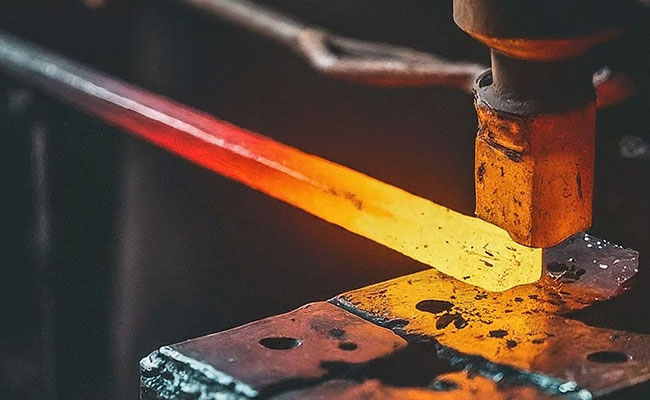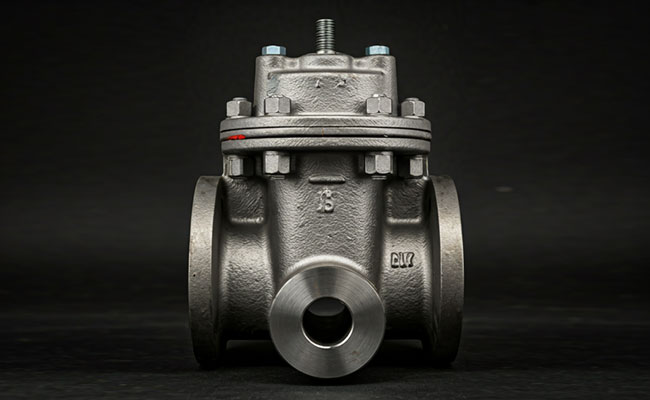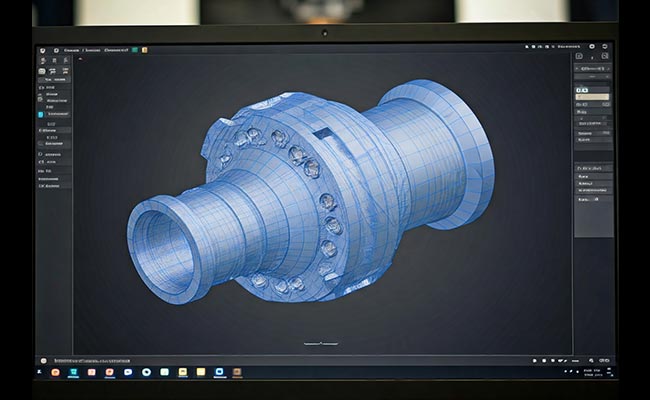
Isothermal Forging
2024-09-23
Quality Inspection for Castings: Ensuring Product Excellence
2024-10-08Impression Die Forging: A Precision Metalworking Process

Maxwill-impression-die-forging
Impression die forging is a metalworking process that involves shaping a metal workpiece into a specific shape using a pair of dies. The dies are made of hardened steel and have a cavity that is the exact inverse of the desired final shape of the workpiece. The process is typically performed at high temperatures, and the metal is forced into the die cavity by a press or hammer.
Impression die forging is a highly precise process that produces parts with excellent dimensional accuracy and consistency. It is also a very efficient process, as it can produce large quantities of parts at a high rate.
Advantages of Impression Die Forging
High production rates: Impression die forging is a highly productive process that can produce large quantities of parts at a high rate.
Excellent dimensional accuracy: Impression die forged parts have excellent dimensional accuracy and consistency, which is critical for many applications.
Superior mechanical properties: The impression die forging process refines the grain structure of the metal, resulting in parts with superior strength, durability, and fatigue resistance.
Material efficiency: Impression die forging is a highly efficient process that minimizes material waste.
Disadvantages of Impression Die Forging
High tooling costs: The dies used in impression die forging are expensive to design and manufacture.
Limited design flexibility: Impression die forging is best suited for parts with simple shapes and consistent geometries.
Part complexity: Complex parts may require multiple forging operations, which can increase production costs.
Applications of Impression Die Forging
Impression die forging is used to produce a wide variety of products, including:
Automotive components: Crankshafts, connecting rods, axles, and gears
Aerospace components: Landing gear components, turbine blades, and other critical parts
Industrial machinery components: Shafts, gears, and other components that require high strength and durability
Military: Armor plates, gun components, and other high-performance parts
The Impression Die Forging Process
The impression die forging process typically involves the following steps:
Die design and manufacturing: The dies are designed and manufactured to produce the desired part shape.
Heating: The metal workpiece is heated to a specific temperature to make it malleable.
Forging: The heated workpiece is placed in the die cavity and shaped by the application of compressive force.
Trimming: Any excess material is trimmed from the forged part.
Heat treatment: The forged part is often heat-treated to improve its mechanical properties.
Finishing: The forged part is finished to the desired dimensions and surface finish.
Impression die forging is a highly efficient and precise metalworking process that produces parts with excellent mechanical properties and dimensional accuracy. While it may have some limitations, it is a valuable process for a wide range of applications.



